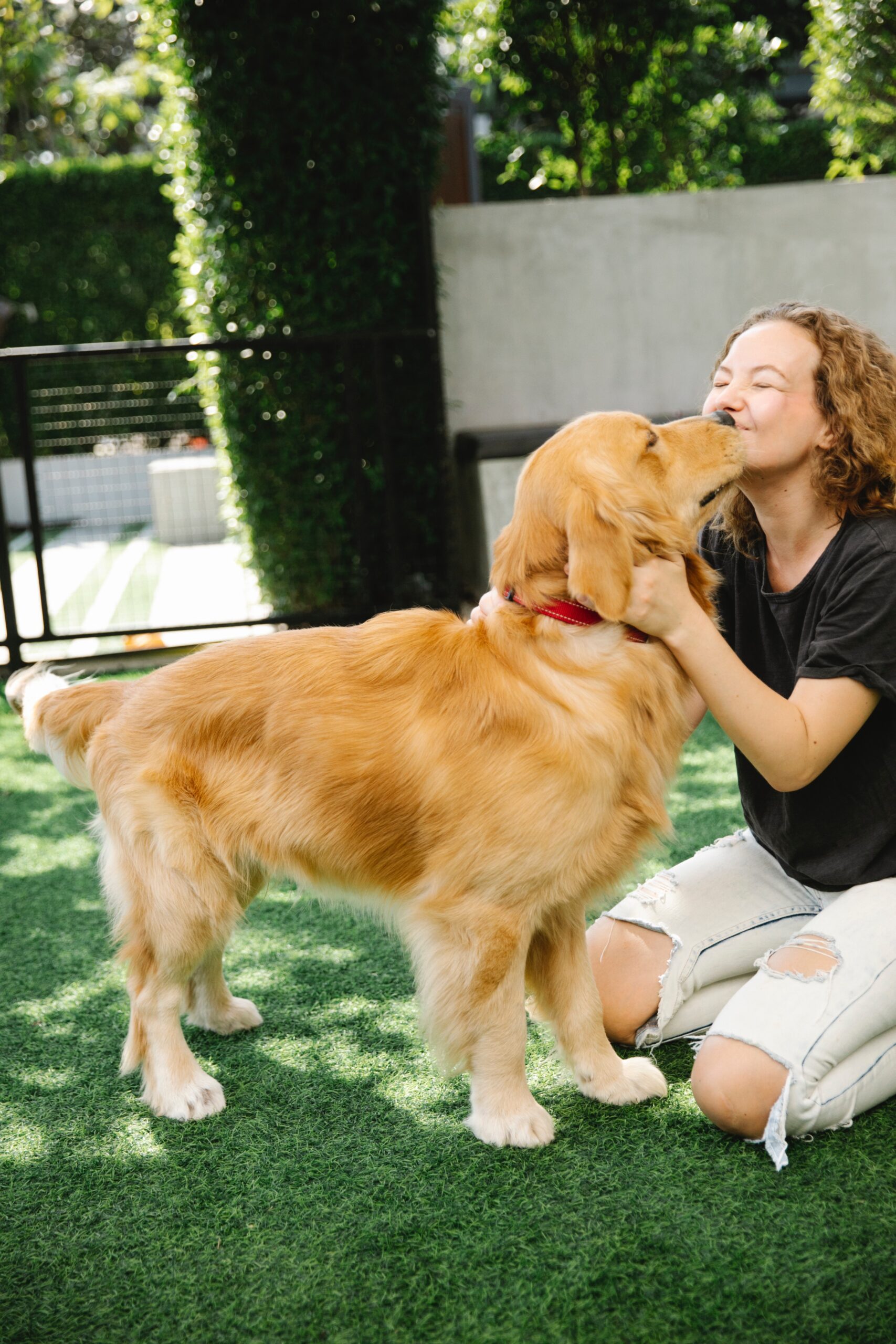According to the American Pet Products Association, pet ownership is at record levels. Seventy percent of American households own a pet. With dogs (69%) or cats (45%) being the two most popular pets, our four-legged companions are a significant part of daily life for thousands of households.
Another reality that comes with owning a dog or cat is the threat of fleas. Summertime is prime flea season in Missouri, Illinois and Kansas, and Rottler Pest Solutions wants to help you protect your furry friends (and cats too!), as well as your human family, from these annoying pests.
The Flea Threat
The primary flea threat to dogs and cats is the cat flea. These bothersome little insects prefer living in areas frequented by pets and other animals while they are on the prowl for their next meal. Like many insects’, fleas can adapt to both indoor and outdoor settings. An adult cat flea survives on a liquid diet of blood.
These tiny insects – cat fleas only measure 1/8 inch in length – are typically brownish black in color but red when full of blood after feeding. They are also surprisingly agile. Fleas can jump up to 6 inches straight up, giving them the ability to leap from the ground onto an animal or even a sock or pant leg of an unsuspecting human.
Fleas are prodigious breeders. That can make them very difficult to control if they establish an infestation in your home. In fact, fleas can produce up to 500 offspring in their lifetime. That is why an effective flea management program requires a veterinarian treating infected animals, cleaning flea-infested areas, and taking preventative measures to keep the fleas from returning.
Fleas can be a problem for homeowners even if they do not own a pet. Animals including squirrels, raccoons and opossum are also readily available flea transporters to your yard.
An Ounce of Prevention Pays Off
What can homeowners do to help prevent fleas from becoming an unwanted problem for their pets and family? Rottler offers the following flea prevention tips:
- Regularly clean all surfaces that your pet frequents and vacuum carpets (especially under furniture), upholstered furniture, under cushions and in crevices.
- Wash pet bedding, collars, plush toys and throw rugs regularly and separately from other linens.
- On the exterior of your home focus your efforts on areas when your pets spend time including lawns and shaded areas under landscape bushes. Keep your grass cut, and trim weeds and overgrown shrubbery that give fleas shelter.
- Check pets’ coats thoroughly for fleas, especially after spending time outdoors. Be aware of excessive scratching and licking.
- Talk with your veterinarian or animal groomer for recommendations on on-animal prevention and treatment options.
Rottler Flea Control Solutions
If you think your home has a flea infestation, Rottler can help. First, we’ll come out and perform a thorough inspection of your home and yard and make a positive identification. If it is confirmed fleas are present, we’ll offer service recommendations to you.
If the plan calls for an indoor treatment, we suggest doing the following before and after the service:
- Vacuum all rugs, carpets and furniture – especially between and under cushions. Then, tightly seal and dispose of the vacuum bag outside.
- Clear and clean all floors, even closets. Mop all tile and vinyl floors. Sweep all concrete floors.
- Remove all decorative items such as pillows and blankets. Be sure to check for items under beds and furniture.
- Remove all pets and pet accessories, including pet food and water dishes. Fishbowls and aquariums may remain if properly covered and the air pump is shut off during treatment.
- Show the service technician the areas where your pets sleep, rest and eat.
- Wait to resume normal vacuuming 24 hours after a home has been treated to give the insecticide time to work.
- Continue vacuuming for two to three weeks at intervals of three to four days. The vacuum’s mechanical pressure will improve the effectiveness of the insecticide by stimulating unhatched fleas to emerge from their protective pupae cases.
- Expect to see some adult fleas for up to three weeks after treatment. Flea pupae are protected from insecticides by their cocoons and will continue to emerge over a period of one to three weeks. Once fleas are exposed to the insecticide residual, they will be eliminated.
Contact Rottler Pest Solutions
We can help! Check out our year-round protection programs, or schedule your free quote today! Protect your home from fleas and other pests this season by calling 877-768-8537.


